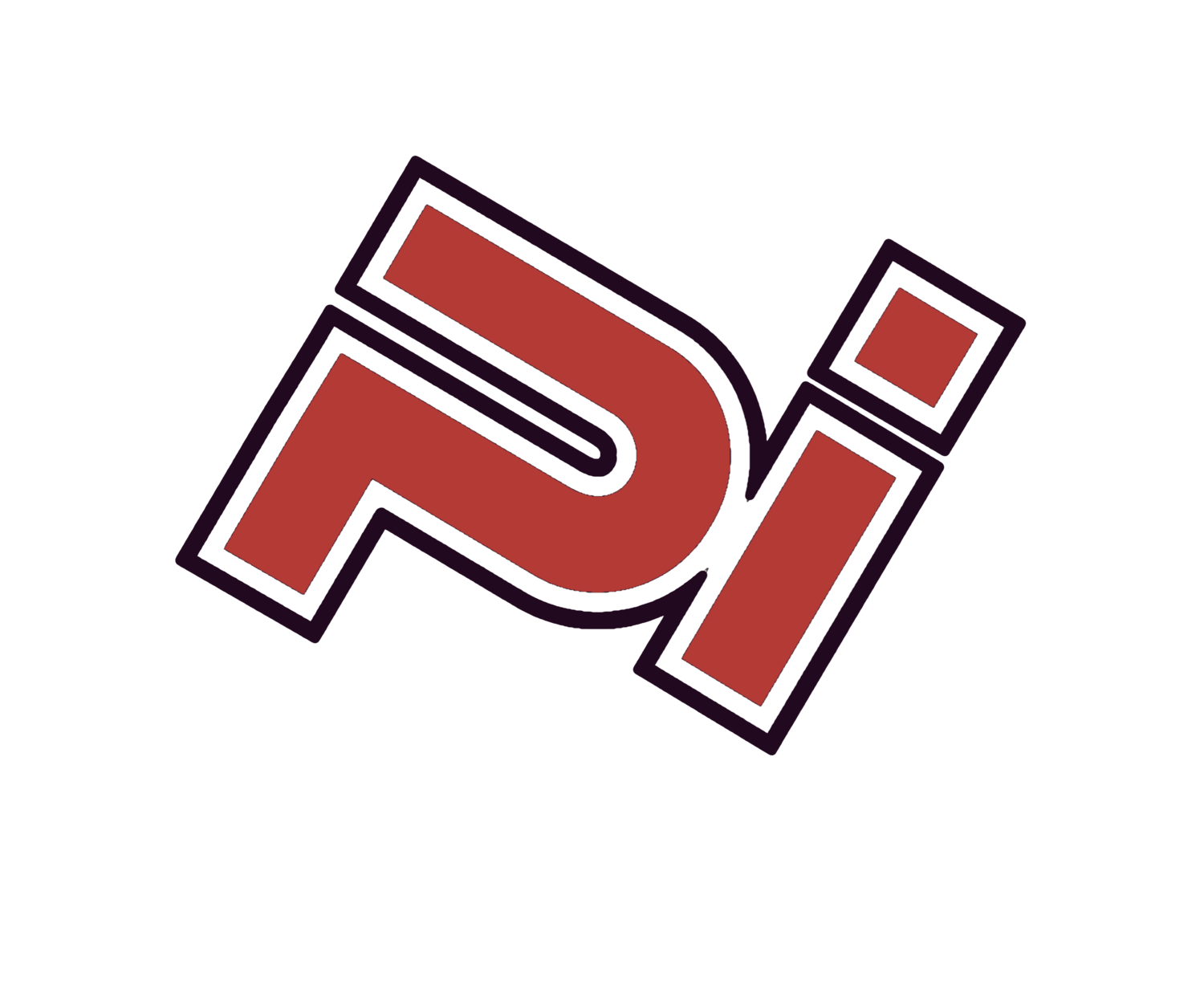Banded Tibial Rotation
The Squat has been called the king of all lower body exercises. It has tremendous strength, power and muscle building potential, depending on how it is applied. To perform a squat properly takes practice and a surprising amount of stability and mobility. Generally, the hardest position in a squat is the bottom. This is where we see the greatest stability demands and the worst mechanical advantage. To build a squat, you must learn how to properly brace. This is how we tense the body to maintain proper position. Strength is a skill, so it must be trained.Since stability demands are at the highest at the bottom of a squat, specific rehearsal can be done to gain strength through this range. Imagine a newborn fawn, knees caving in and not very stable. Strength, flexibility, and mobility can all contribute to this problem. Many cues can be used to help this including spreading the floor with your feet, screwing your feet into the floor, or pushing your knees out. Sometimes you just need to learn what it should feel like and then you can apply it to a more complex movement.The Banded Tibial Rotation drill is a great drill to work on building your mind-muscle connection. It teaches you to create torque form the hip and keep connection into the floor. If you have a hard time keeping stable through the bottom of your squat, try this drill out. When mastered it will help with injury prevention and increased strength in your squat.
BANDED TIBIAL ROTATION:
• With your shoes off and set up in a half kneeling position
• Place a band under the big toe of the front foot and pull on the other end of the band with the opposite hand• Keep your foot straight, use the muscles in your foot to keep the band held down
• Drive your knee out over your pinkie toe and try to feel the movement coming from your hip
• Perform 2-3 sets x a 5 second hold x 3-5 reps
You can use this drill to help build connection to the floor and torque from the hip. The Banded Tibial Rotation can be used to help many lower body exercises including deadlifting, lunging, and step-ups etc. The drill is great but is only effective when you apply the thought process to the task at hand. Give it a try the next time you squat or simply add it as an activation exercise at the beginning of your workout to teach you how to properly brace for more complex movements that may be in your future workouts.
Get results from your efforts and take your training to the next level. Check us out at www.pitraining.ca or start today at 604.291.9941 or info@pitraining.ca


